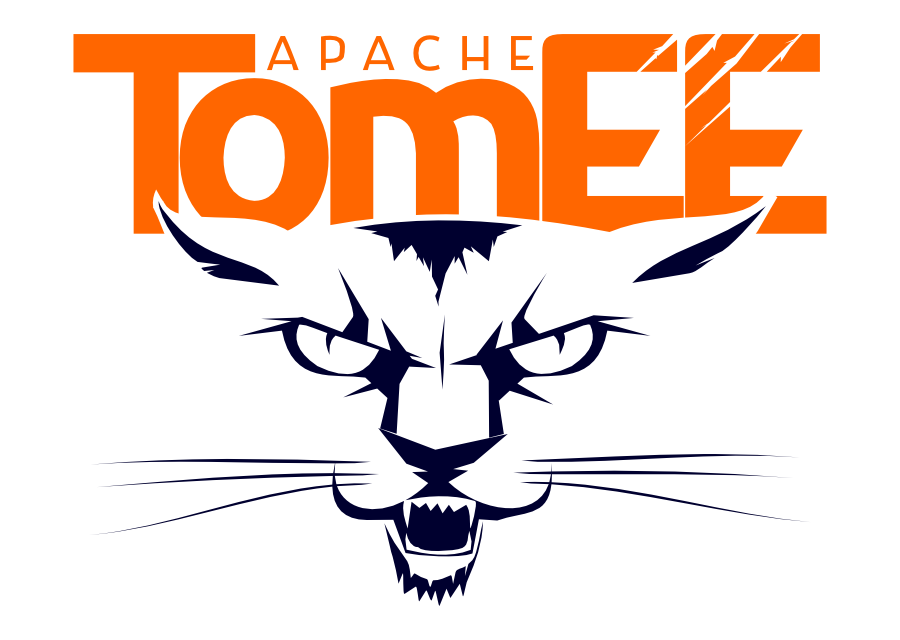I remember old days of J2EE (1.3 and 1.4) that it was incredibly hard to start a project using JMS. You needed to install a JMS broker, create topics or queues and finally start your own battle with server configuration files and JNDI.
Thanks of JavaEE 6 and beyond using JMS is really easy and simple. But with Apache TomEE is even more simpler to get started. In this post we are going to see how to create and test a simple application which sends and receives message to/from a JMS queue with Apache TomEE.
Apache TomEE uses Apache Active MQ as a JMS provider. In this examples you won't need to download or install anything because all elements will be provided as Maven dependency, but if you plan (and you should) use Apache TomEE server you will need to download Apache TomEE plus or Apache TomEE plume. You can read more about Apache TomEE flavors in http://tomee.apache.org/comparison.html.
Dependencies
The first thing to do is add javaee-api as provided dependency, and junit and openejb-core as test dependency. Note that openejb-core dependency is added to have a runtime to execute tests, we are going to see it deeply in test section.
Business Code
Next step is creating the business code responsible for sending messages and receiving messages from JMS queue. Also it contains a method to receive messages from queue. For this example we are going to use a stateless EJB.
The most important part of Messages class is to note how easy is to inject ConnectionFactory and Queue instances inside code. You only need to use @Resource annotation and container will do the rest for you. Finally note that because we have not used name or lookup attributes to set a name, the name of the field is used as resource name.
Test
And finally we can write a test that asserts that messages are sent and received using JMS queue. We could use for example Arquilian to write a test but for this case and because of simplicity, we are going to use an embedded OpenEJB instance to deploy the JMS example and run the tests.
And if you run the test you will receive a green bullet. But wait, probably you are wondering where is the JMS broker and its configuration? Where is the definition of ConnectionFactory and JMS queue? And this is where OpenEJB (and Apache TomEE) comes into to play.
In this case OpenEJB (and Apache TomEE) will use Apache Active MQ in embedded mode, so you don’t need to install Apache Active MQ in your computer to run the tests. Moreover Apache TomEE will create all required resources for you. For example it will create a ConnectionFactory and a Queue for you with default parameters and expected names (org.superbiz.Messages/connectionFactory for ConnectionFactory and org.superbiz.Messages/chatQueue for the Queue), so you don’t need to worry to configure JMS during test phase. Apache TomEE is smart enough to create and configure them for you.
You can inspect console output the realize that resources are auto-created by reading next log message: INFO: Auto-creating a Resource.
And that's all, really simple and easy to get started with JMS thanks of Java EE and TomEE. In next post we are going to see how to do the same but using a Message Driven Beans (MDB).
We keep learning,
Alex.
No se lo qué hacer para que me hagas caso, lo he intentado todo menos bailar ballet, ya va siendo hora de mandarte a paseo, si consigo olvidarte tal vez pueda vivir. (Voy A Acabar Borracho - Platero y Tú)Music: https://www.youtube.com/watch?v=aK6oIQikjZU

After study a few of the blog posts on your website now, and I truly like your way of blogging. I bookmarked it to my bookmark website list and will be checking back soon. Pls check out my web site as well and let me know what you think.
ResponderEliminarEducative.io
Information
Click Here
Visit Web
w1m84h5u18 l6r41o6y60 c5g80g4x42 b3u23t7t30 h5e63e8s39 s4z18q6x71
ResponderEliminar